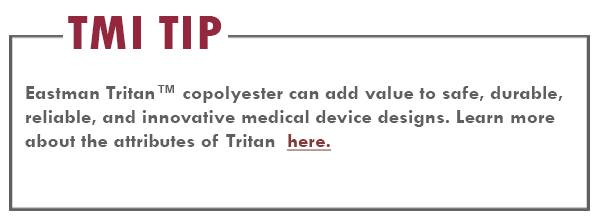Educating product managers on how plastics affect your brand

The material you choose for your medical devices can have a big impact on your brand’s image. In today’s healthcare environment, not all plastics can withstand exposure to the aggressive disinfectants being used in hospitals. If your device is showing outward signs of suffering from exposure to effects of disinfection, including yellowing, cracking, crazing, or paint peeling, it’s time to reconsider material selection.
Educating product managers about the attributes of different plastics can help better shape brand positioning. For example, cracks and crazes can lead to pooling of aggressive disinfectants and leakage into the sensitive electronics that make the device function. Choosing a more chemically resistant polymer prevents this by strengthening device durability and reducing maintenance time. As a result, the working life of the device increases and maintenance and replacement costs go down.
With this information, the product manager can position the brand as being resistant to the physical handling or moving of devices despite more frequent cleaning and use of harsh disinfectants. They can present brand devices as having a longer service life, keeping their “new” look longer, and being more durable. This positioning can also be used by hospitals and clinics, which can improve their image by purchasing more durable equipment that looks better because it is better.
By choosing materials with better quality and performance, manufacturers can help product managers position the brand as having those qualities as well.





 Close
Close



